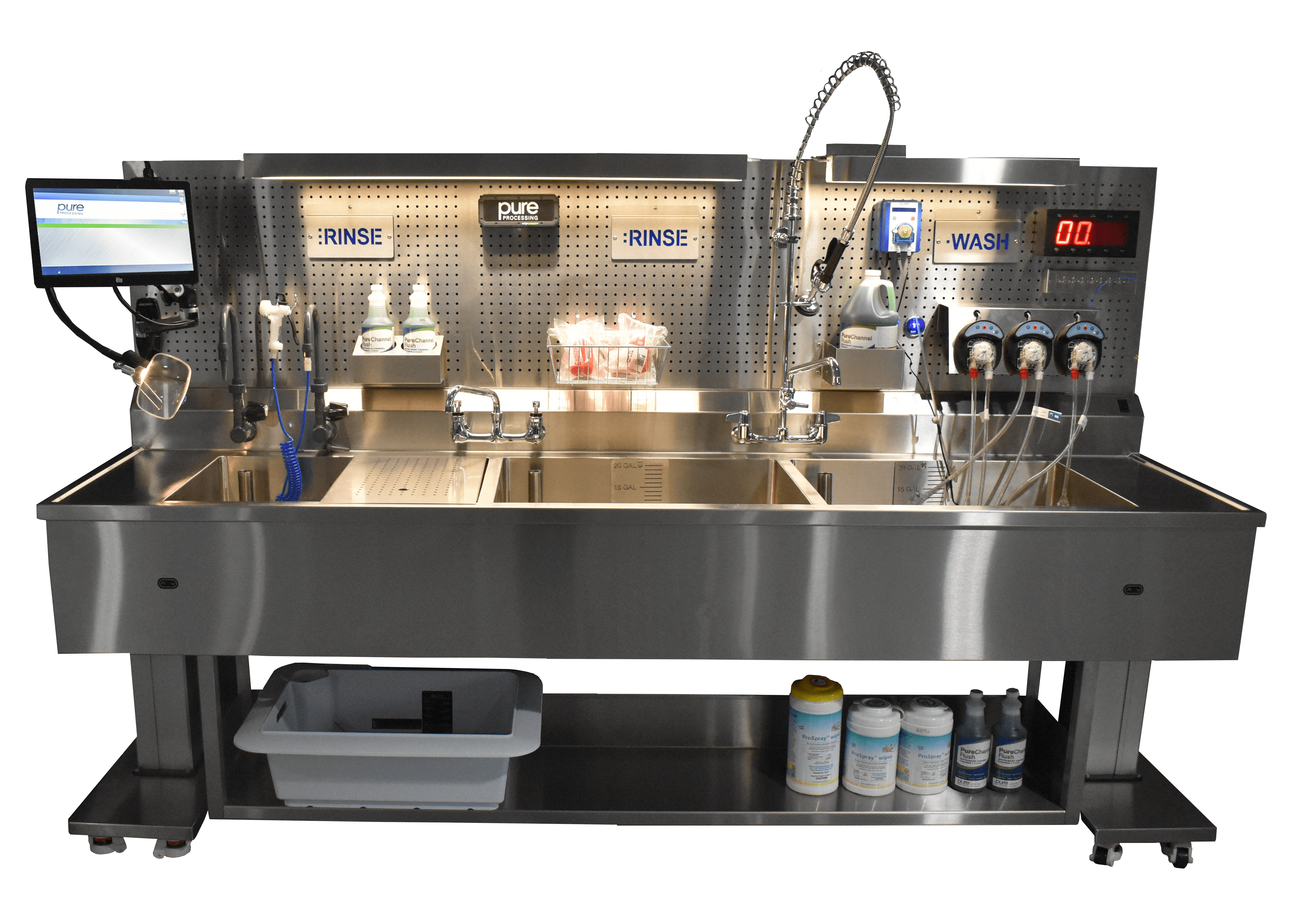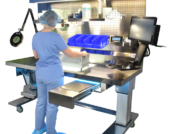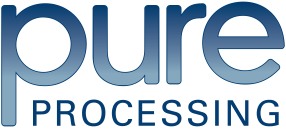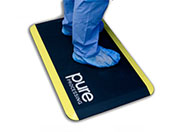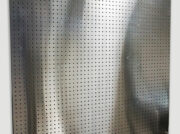
When to Consider Ergonomic Updates
The Occupational Safety and Health Administration (OSHA) requires that industry tasks be “designed to limit ergonomic risk exposure.” But is this a once and done plan? In an industry where technology is improving and standards & regulations are becoming increasingly comprehensive, ergonomics has its place in continuous development. Continuous development at its core is an ever-evolving practice; a cycle that never ends. When considering ergonomic changes and requirements, we can see it necessitates constant review and consideration.
Ergonomics should promote both safety and efficiency, according to Merriam Webster’s dictionary. Meanwhile, the National Library of Medicine ties ergonomics to the psycho-social influence it has on productivity and how the worker interacts with their job.
When should you be giving consideration to ergonomics in your department?
Anytime and place where an employee interacts with their work and department in a manual capacity provides an opportunity to improve ergonomics. In this post, we will categorize our opportunities as proactive and reactive instances. Neither one is right nor wrong. Both, however, do position you to plan for future growth.
Proactive:
New construction
Anytime a new construction project is planned, it provides an opportunity to review things like foot traffic, capital equipment upgrades, new technology, and general layout, all of which can contribute to ergonomic enhancements for a department.. New construction offers the added benefit of a fresh start to proactively plan to prevent challenges you experience today as well as anticipate future needs.
Approved renovations
Renovations may not come with the same “blank canvas” as a brand new construction project, but it is an optimal time for ergonomic considerations. Depending on the scope of the project, this could include new equipment, upgraded tracking systems or additional reprocessing technology that improves the way that staff interact and navigate their space. This could also be the time to consider rearranging to match compliance requirements in your workflows.
Upgraded equipment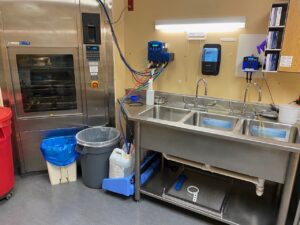
Whenever new equipment is deployed in a department, it’s a virtual certainty that workflows and processes will be impacted. Making strategic capital purchasing decisions with ergonomics in mindcan have a significant impact on technician comfort, whether it’s ensuring that workflows are optimized to produce a minimal amount of strain, or opting for ergonomic features, such as height adjustability. The process we use to implement our new equipment and the educational exercises we use can directly impact how well the new equipment is utilized and adapted into workflows.
Updates standards & guidelines
We have experienced several standards and regulations updates recently, specifically in the endoscope reprocessing space and with it has come the need to reconsider how we accomplish reprocessing, storage and record-keeping.
Some things cited as ergonomic and safety recommendations include sink basin depths at a recommended 8-10” to ensure an average height comfort, anti-fatigue mats, PPE requirements, and air exchange requirements all play a role in the safety and efficiency of employees in the workplace.
Reactive Planning:
Increase in staff accident reports
Do you see a trend in accident reporting? Consider the location of the injury event within your department, the type of injury being reported, and its frequency. This can clue you into a possible lapse in the task or work around that is causing an ergonomic strain or risk.
Quality Assurance (QA) Failures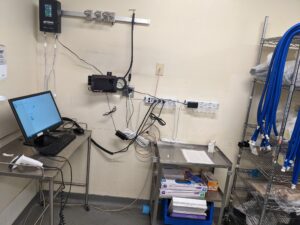
Quality failures aren’t always attributed to lack of education. There could be a missing process or lack of supply to complete the job? Is there a supply on back order, requiring a substitute that yourteam is unfamiliar with?
Routine non-compliance
Educational intervention isn’t always the answer to non-compliance events. There may be gaps in a process that requires workarounds. For example, is there a cross in your process where you “back track” that could be causing confusion in the next process step? Or a bottle neck at certain points in the day or department that may be linked to skipped steps.
Human factors such as fatigue, strain, and repetitive movements such as manual syringe flushing can lead to a lapse in IFU compliance and impact quality outcomes as technicians’ hands get fatigued over the course of a shift. Additionally crisscrossed workflows can cause confusion which impacts productivity and safety when visual cues are missed, or the process requires backtracking.
Reactive planning entails a bit more site-specific information and insight. Leaders should be aware of these metrics and reviewing them through the lens of ergonomics may give you the vantage point you need to make a lasting change. Interested in exploring how to make sure you’re collecting the right data in your department? Check out this blog post about setting up scorecards.
Risk Analysis
When considering a project or change, whether due to new opportunities or to improve functionality within your current configuration, a risk analysis helps provide clear cause and effect the giveyour plan a direction and goal. It also can aid in providing you with the ability to measure its risk level and prioritize accordingly. A good place to start when assessing risk is viewing it through the lens of what various standards and guidelines say about ergonomics, such as lifting, twisting, carrying, and repetitive motion, and how they apply to the piece of equipment, process, or workflow you’re analyzing.
Conclusion
Whether big or small, the solutions to your ergonomic risk factors play a huge part in employee engagement, comfort, safety, organizational production, and long-term return on investment. Employees are our greatest asset, and the job they do requires adaptability to change and new challenges. Prioritizing ergonomics in our process improvement plan keeps the human factor of our work at the forefront of initiatives and progress and helps us mitigate ergonomic concerns well in advance.
Not sure where to start when it comes to identifying opportunities to improve ergonomics? Check out these blog posts to learn more:
How to Identify Ergonomic Concerns in Your Reprocessing Department
Solutions for the Top Ergonomic Issues in Reprocessing Departments
Ergonomic Guidance for SPD Injury Prevention
Integrating Ergonomic Tools to Reduce Injury and Strain in Packaging and Assembly
References:
https://www.osha.gov/ergonomics/control-hazards
https://www.ncbi.nlm.nih.gov/books/NBK580551/
ANSI/AAMIST79
ANSI/AAMI ST91

